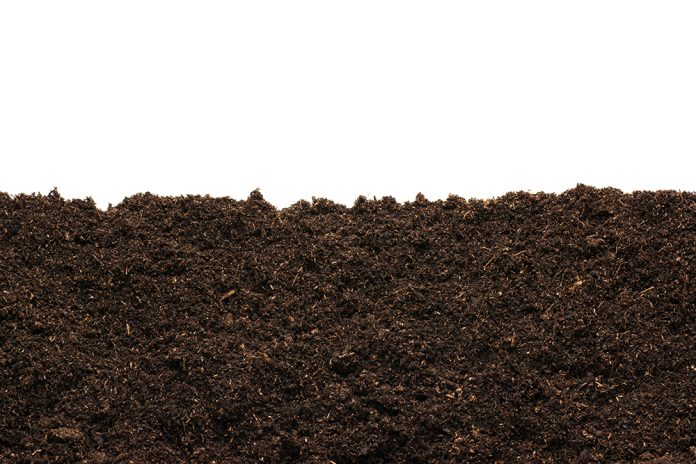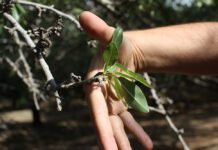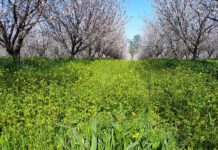Biostimulants are natural or synthetic substances that can be applied to seeds, plants and soil. These substances cause changes in vital and structural processes in order to influence plant growth through improved tolerance to abiotic stresses and increase seed and/or grain yield and quality” (Vasconcelos and Chaves 2019).
“A plant biostimulant is any substance or microorganism applied to plants with the aim to enhance nutrition efficiency, abiotic stress tolerance and/or crop quality traits, regardless of its nutrient content” (Rouphael 2020).
In my best “Church Lady” voice: “Well, isn’t that special.” It’s a pretty vague definition although I’m glad to see people have created some. What does that really mean? We are attempting to apply a product to change the biological processes in the plants, with some sort of stimulation, for gain. Sounds like a fertilizer. But wait, we want to help the plant handle its ability to adapt to stress by applying a specific product. Sounds like a plant protection product. So, which is it? JCS and their team recently assembled a panel at the Crop Consultant Conference in Visalia last month that I had the pleasure to sit on. The states are attempting to create legislation to classify biostimulants to regulate them a bit but make it easier to get certain products to market to help our growers succeed. We want better quality, stress tolerance and yields. Seems simple enough. We discussed it a bit but only scratched the surface.
A bit of the concern stems from defining the products. We don’t want them to be classified as a fertilizer or a pesticide if we can help it. Inoculating our ground with active microbiology can be labeled a biostimulant. It has been proven again and again that beneficial biology can help create systemic acquired resistance to plant stressors. It can also mine nutrients in the soil and change their structure to make them more plant ready. Making fertilizer more efficient will help. This can certainly stimulate a response in the plant. Changing the immediate area around a plant root with the interaction of the biology and the root exudates can also trigger responses. Biology can create microscopic adjustments to pH levels in that immediate rhizosphere.
Many companies have kelp products that contain plant growth regulators and biologically absorbable plant nutrients. Several species exist that have extractable compounds that have shown beneficial responses in trial data. Their differing extraction methods, growing regions and PGRs within the liquid are biostimulants. The trace minerals from the ocean can be highly absorbable. Biochemicals in seaweed have been shown to trigger responses within the trees and their own PGRs they produce.
Several companies have created fermentation processes that transform waste, food and nutrients into more stable and/or absorbable biostimulants. Often, the byproducts of biological reactions stimulate beneficial responses in our crops. The active biology that inhabits some of these mixes have been proven to be effective at creating induced systemic resistance for plants. Remember, we used molds to make penicillin and changed medicine forever. Our bodies are constantly fermenting and digesting our food to make nutrients more available for our system. If the biology in our individual guts weighs as much as 5 pounds, how much does biology weigh in an acre of soil?
Composting systems have created new use products to make our soils more productive. A typically well cured compost, one that has been digested for a year or more, still should have active biology in it that can inhabit the ground and propagate itself. Pistachio hulls, almond hulls, walnut husks, dairy waste, etc. have all been incorporated into beneficial compost. There are companies now burning that waste at 900 degrees F to turn that waste into biochar: A stable carbon source to reinvigorate our soils with holding capacity and structure. A 1% increase in soil organic matter can hold 20,000 more gallons of water per acre.
Nutrients such as phosphite, elements such as silica, cobalt, molybdenum and nickel, and compounds of nitrogen like polyamines, peptides, protein hydrolysates, triacontanol and chitosan, (to name a few) have all seen an interest spike in recent years. Specific responses have been seen with the use of many of these products to a variety of stressors or beneficial growth traits. We are just scratching the surface of creating ways to promote healthier plants with fewer inputs per pound of yield. The per pound of yield part is the kicker. There are so many people on Earth now and it’s growing exponentially. We must feed them. As the EU creates higher MRLs and we follow suit, more and more products will come to the fore that will attempt to fill the need to create higher yields with less traditional inputs.
Do your homework. Ask the reps and then read some research articles. Are you building the soil? Are you feeding the crop? Are you eliminating a stressor or suppressing a negative? Don’t just take our word for it. Then question if it’s the right time for that response or reaction in your tree’s growth cycle. There are many great products out there with more coming on board every day. As growers, we can’t just sit back and rely on the crop advisor to give us all the answers. Companies, universities and independent researchers have spent billions of dollars testing products and trialing the responses. Other companies take those products and blend them to certain specs to try to create products where the whole is much more than the sum of the parts. Do a little research of your own. The information is out there and changing all the time. Stimulate your brain, if even just a little bit, and you’ll get much more out of your biology.
References
Vasconcelos, Ana. Chaves, Lucia. Biostimulants and their role in improving plant growth under abiotic stress. Biostimulants in Plant Science, www.intechopen.com, 17 July, 2019
Rouphale, Youssef and Colla, Guiseppe. Plant biostimulants: Rationale, State of the Art and Evolution. Plant Science, frontiersin.org, 04 February 2020
















